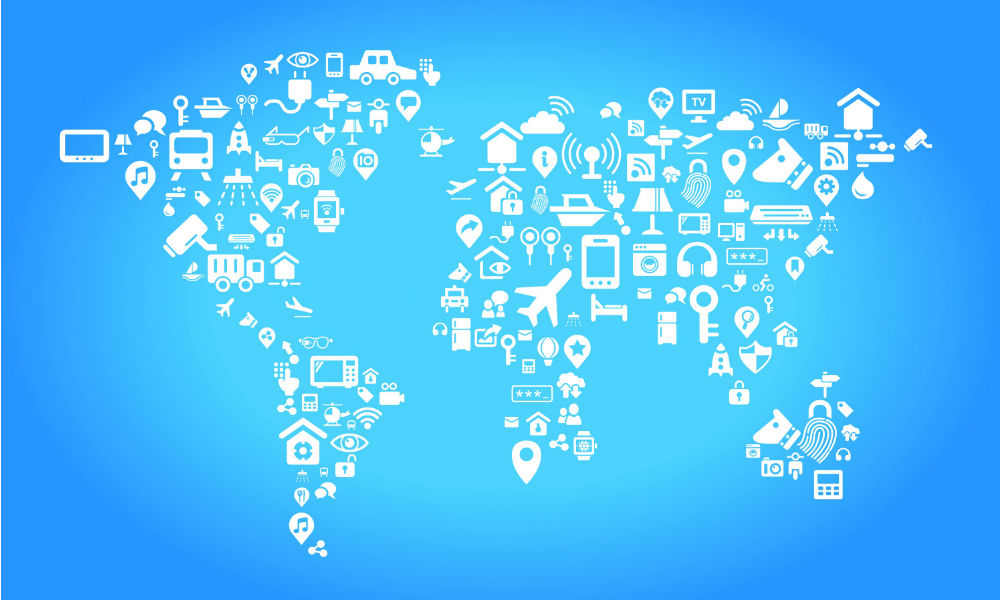
The moment when things operate things is upon us. The Internet of Things (IoT) has been implemented in certain settings, and what they’ve learned is being extended to smaller operations.
Amazon Web Services hopes to be at the forefront of this expansion. To describe where IoT technology stands today, Sanjai Bijawat, global business development leader for strategy at Amazon Web Services (AWS), addressed the ITEXPO in Fort Lauderdale, FL, on Feb, 13, in a keynote presentation.
Bijawat is in charge of strategy, partnerships, M&A for AWS. He comes with extensive experience incubating and scaling global digital businesses at Fortune 500 companies and VC-backed startups. He says companies are looking at AI and IoT for two reasons:
- Revenue growth. AI offers the opportunity of new services and business lines, along with improved products. This path remains a hard sell, Bijawat says.
- Operational efficiency. The path to AI most often chosen today, improving operations involves identifying inefficiencies using intelligent decision making.
With AI watching the store, “nobody walks the plant anymore,” he says. In operations, companies use AI-based programming to combat bottom-line problems such as:
- Equipment failure;
- Unplanned downtime;
- Sub-optimal production;
- Reduce labor and liability costs.
“We can pass on the savings of scale to you,” he says. To begin applying AI technology to your business, start by “liberating locked data,” Bijawat says. Begin by:
- Defining the business problems you want to solve;
- Bringing the data you need to the forefront.
He says it’s crucial to grab only the data you’ll need for the project. Winnowing the data down speeds the time to completion, he says. Once you’ve determined your data set, make use of your “data lake” by:
- Bringing in the required data;
- Applying visualization tools to the data;
- Analyzing the data using AI;
- Implementing action items culled from the data.
Bijawat also extolled the value that camera-based AI can provide for companies with far-flung operations. He provided the example of an oil-drilling concern on the North Slope in Alaska.
With the extreme temperatures, it’s sometimes dangerous for employees to take the required twice-daily readings from each of 1,200 installations in the project Rather than placing their workforce at risk, the company uses machine learning (ML) to read the values and gauges.
“Cameras extend the power of the human eye,” Bijawat says. Vision-based ML offers greater powers of observation at a lower cost than human observations. The main uses are for worker health and safety, he says.
The use of camera-based ML breaks down into two categories:
- Brownfield. Where the ML runs on the gateway;
- Greenfield. Where the ML runs directly on the camera itself.
Edited by
Maurice Nagle